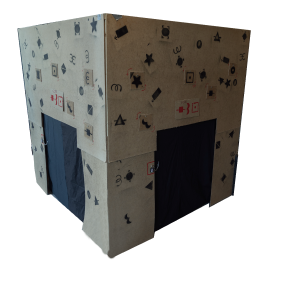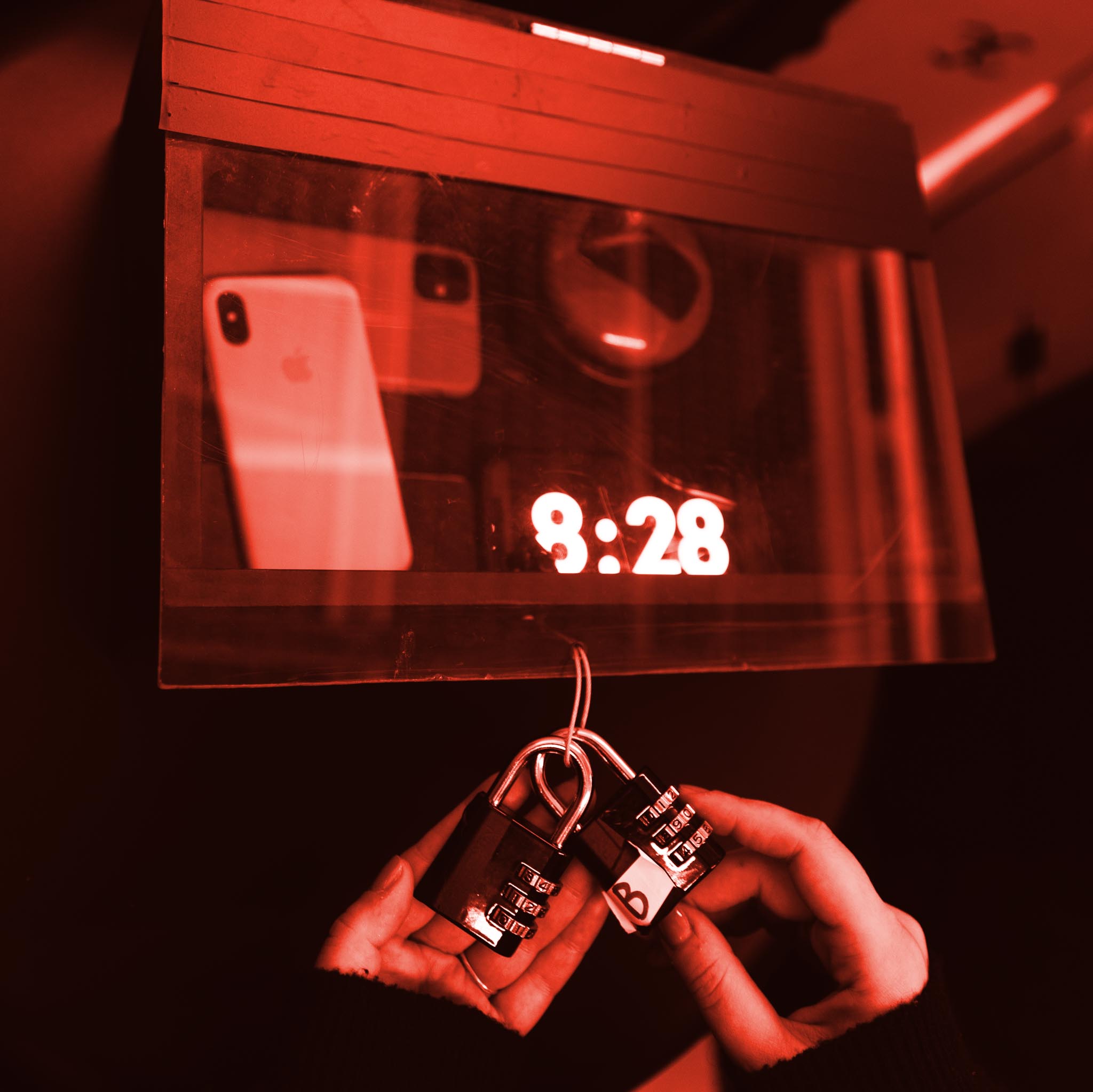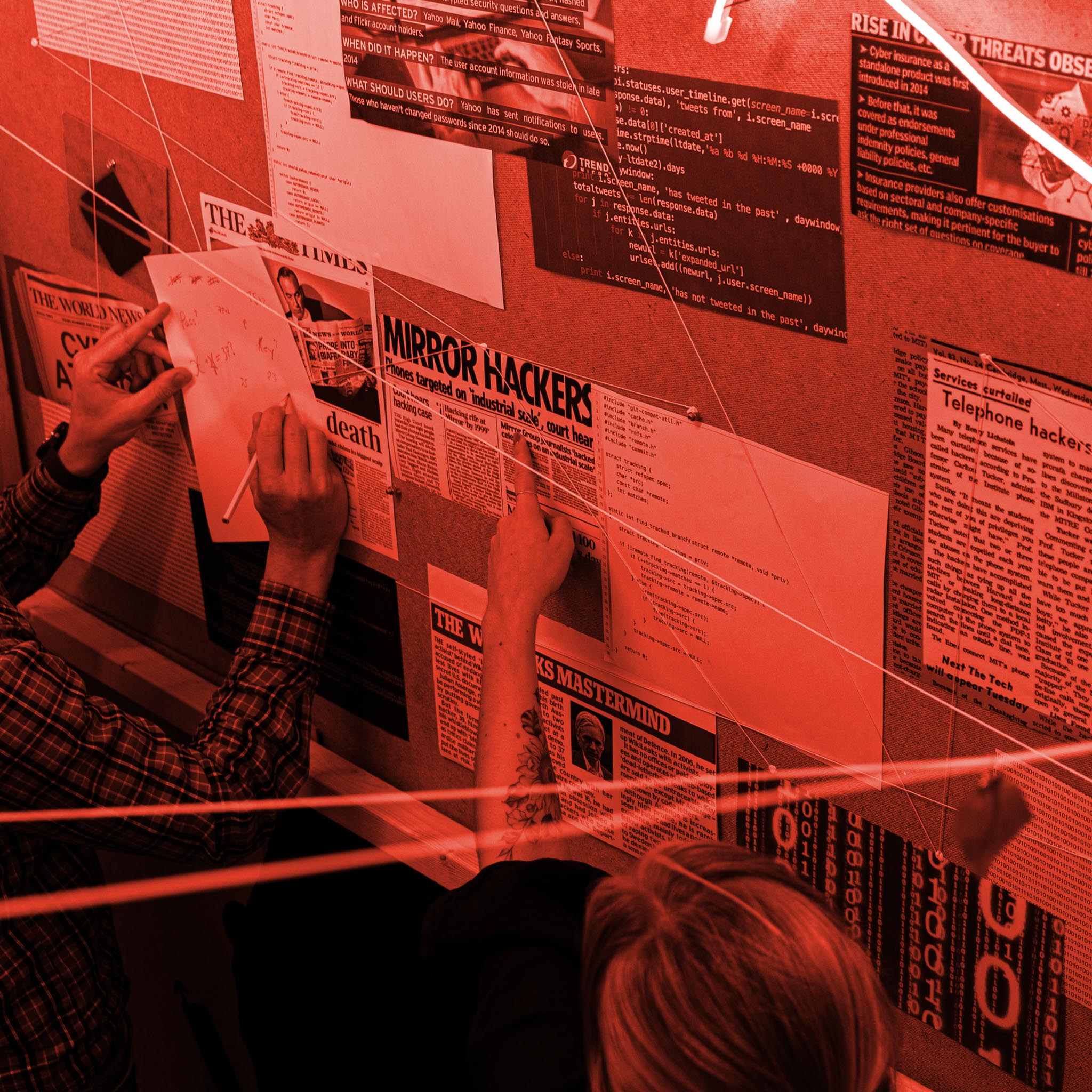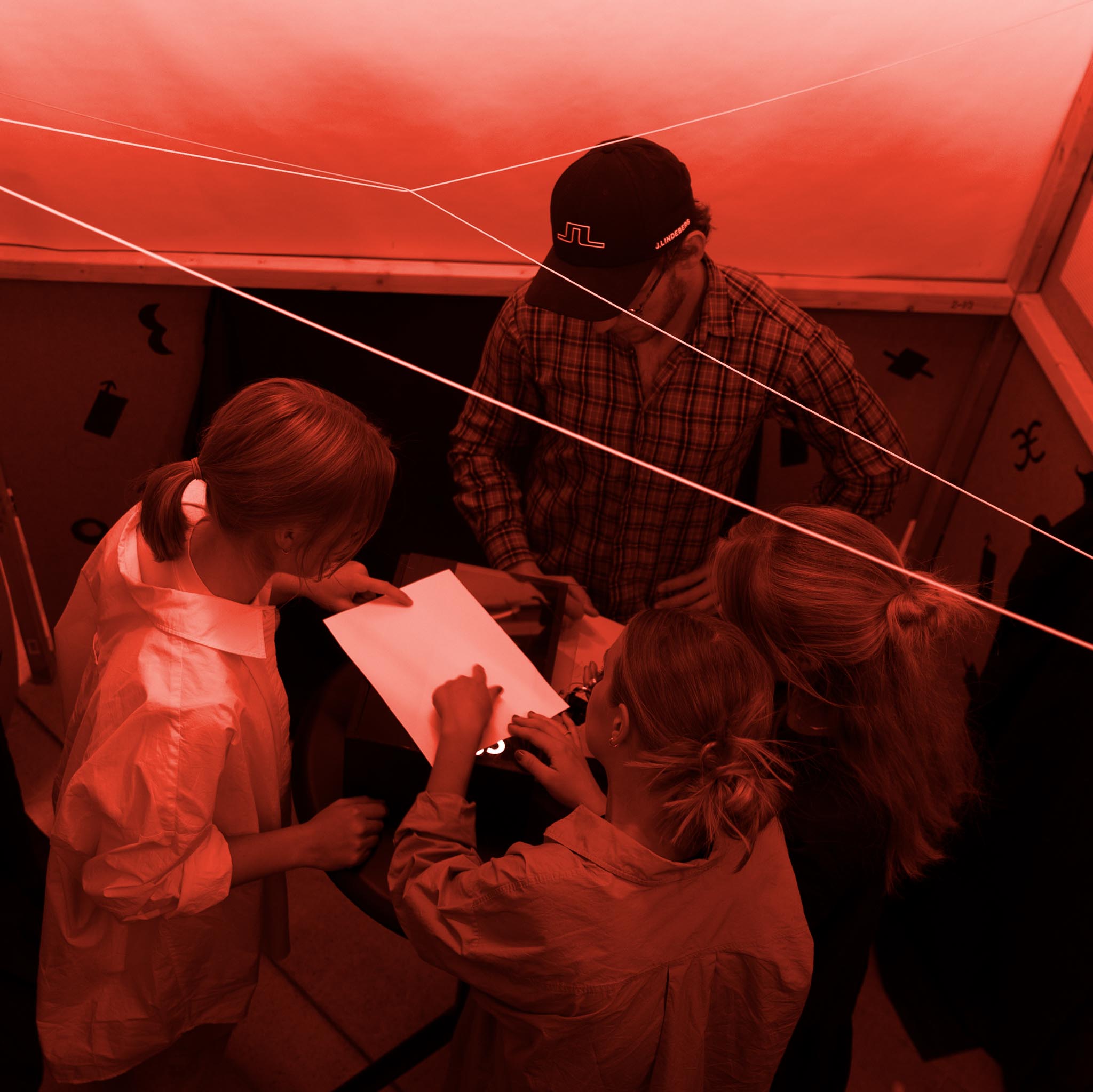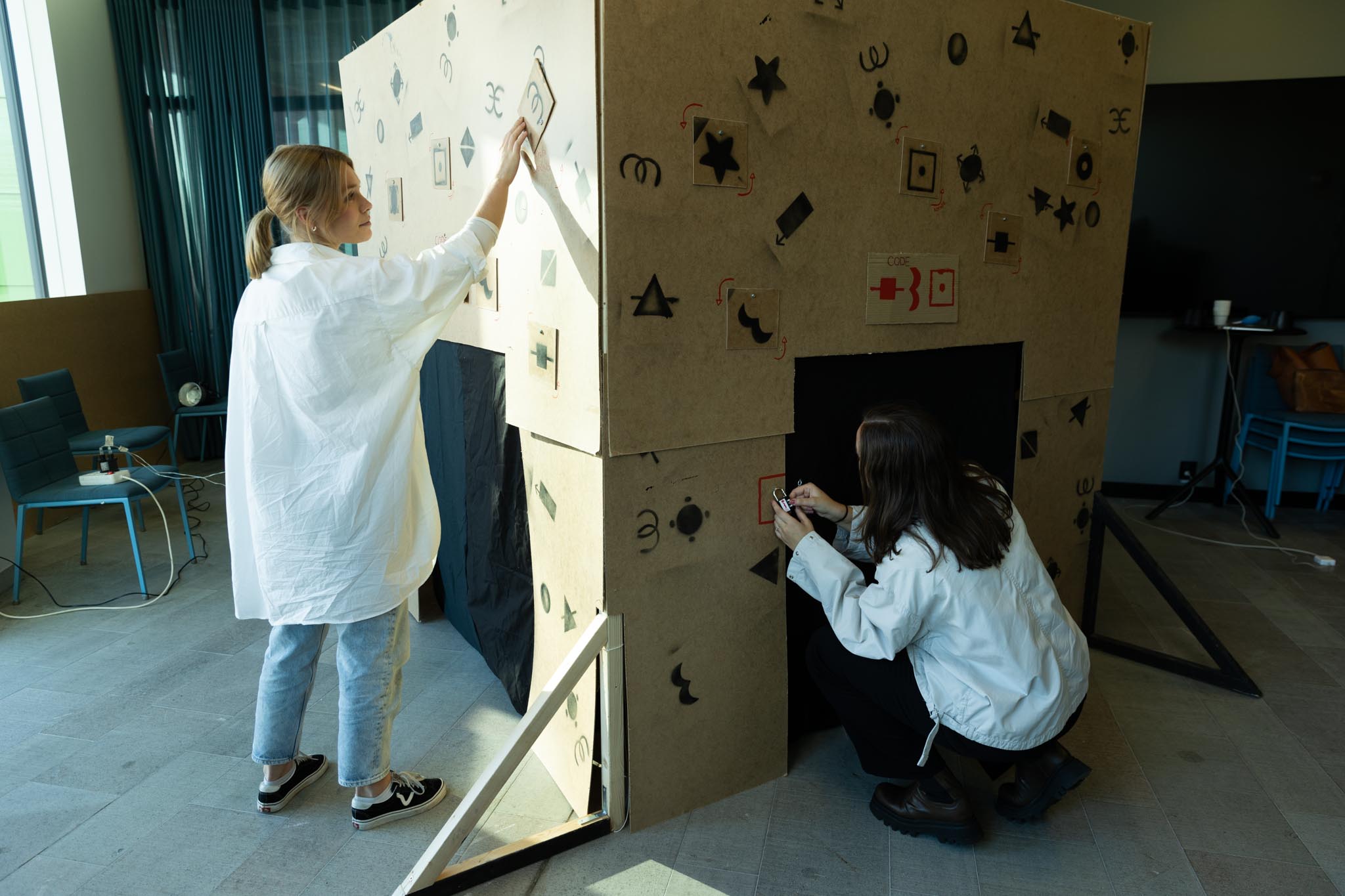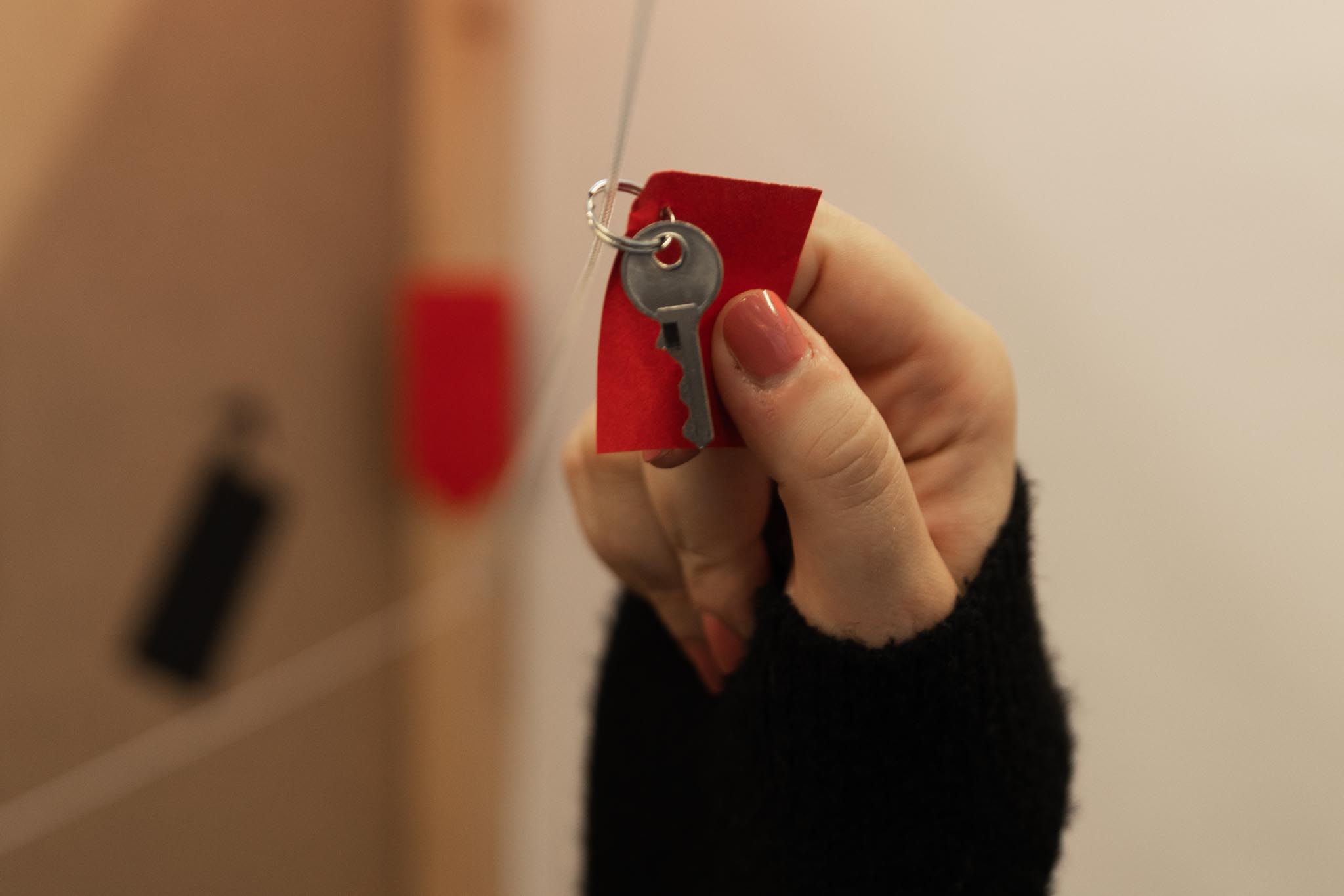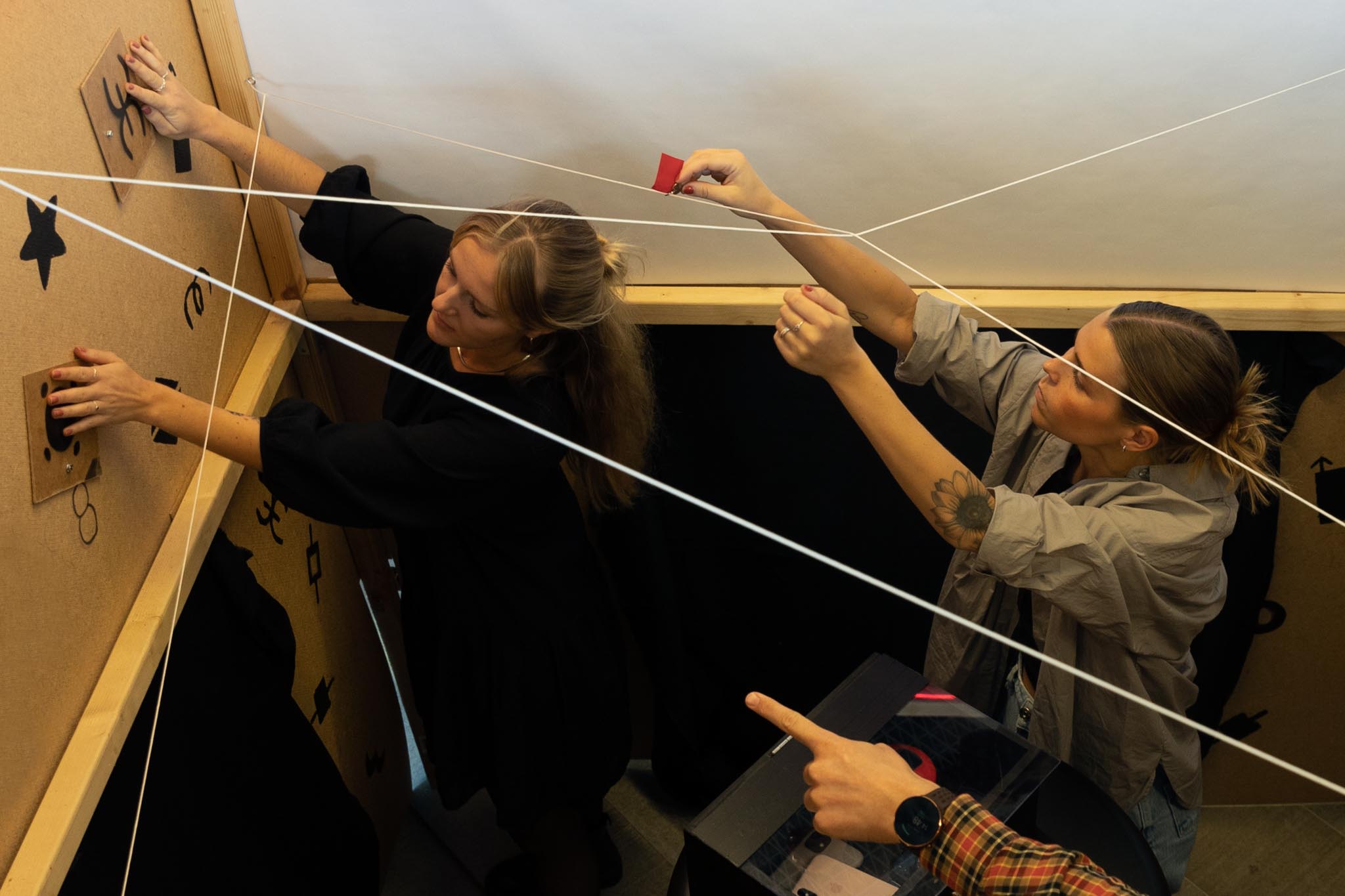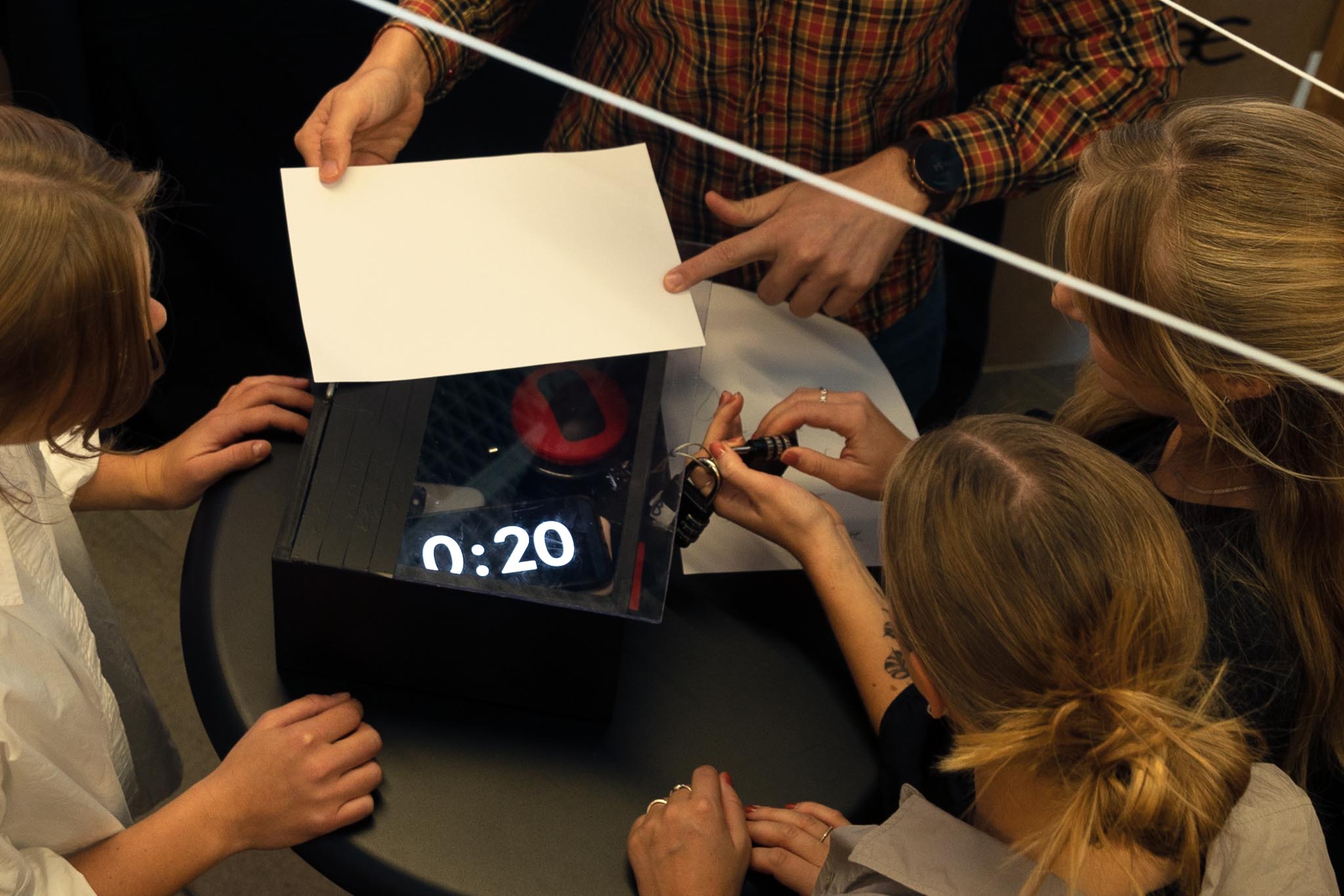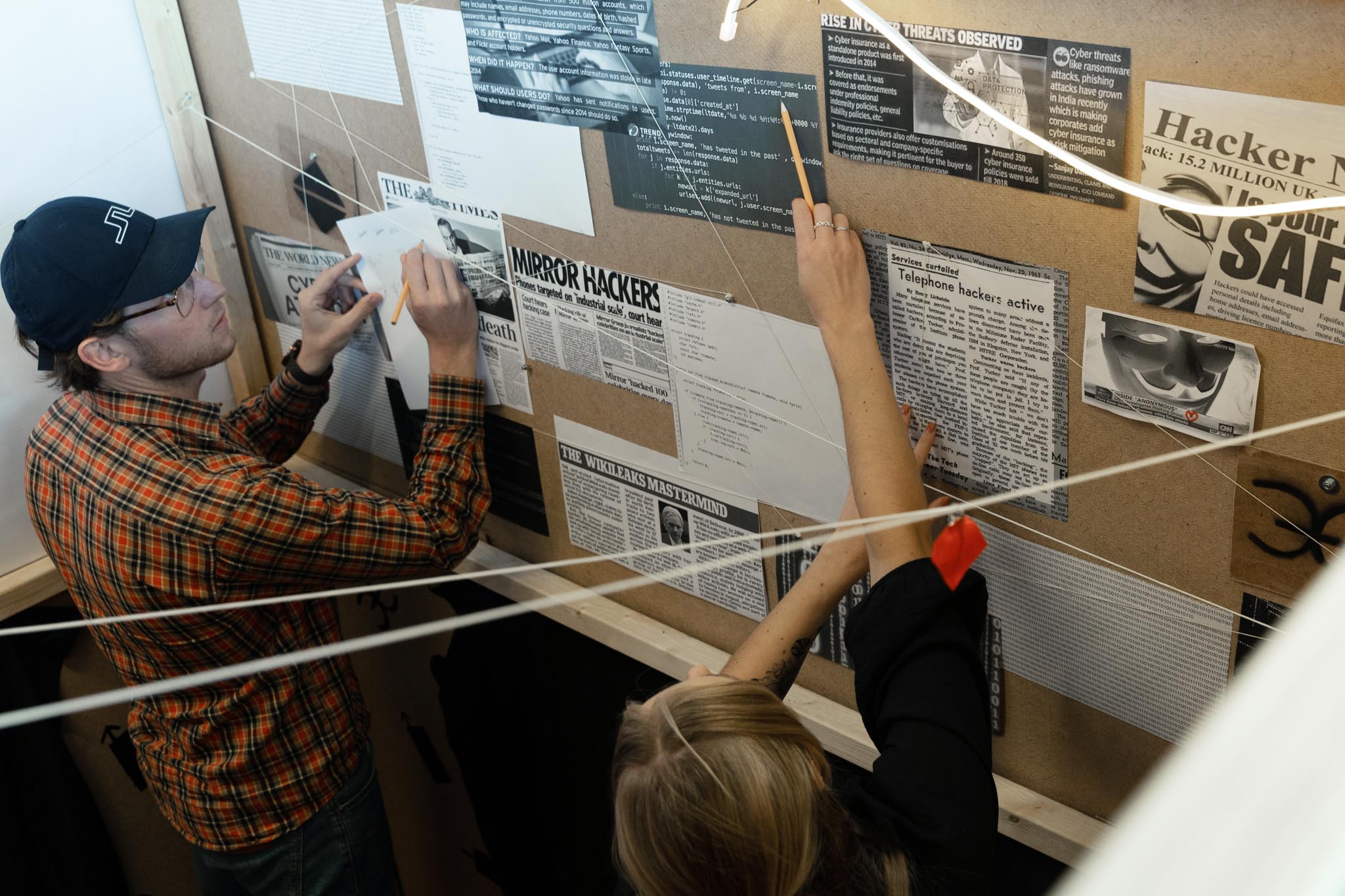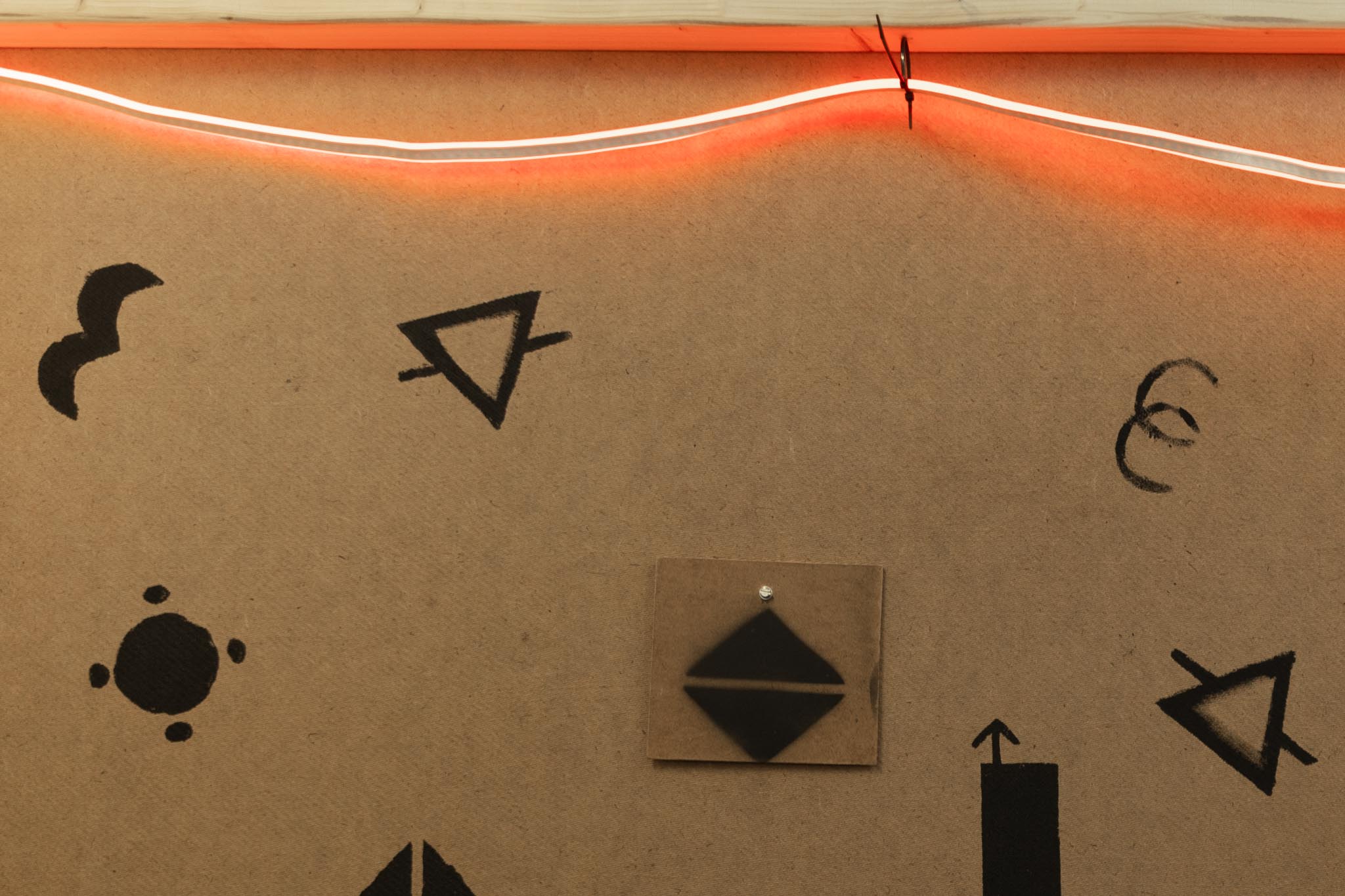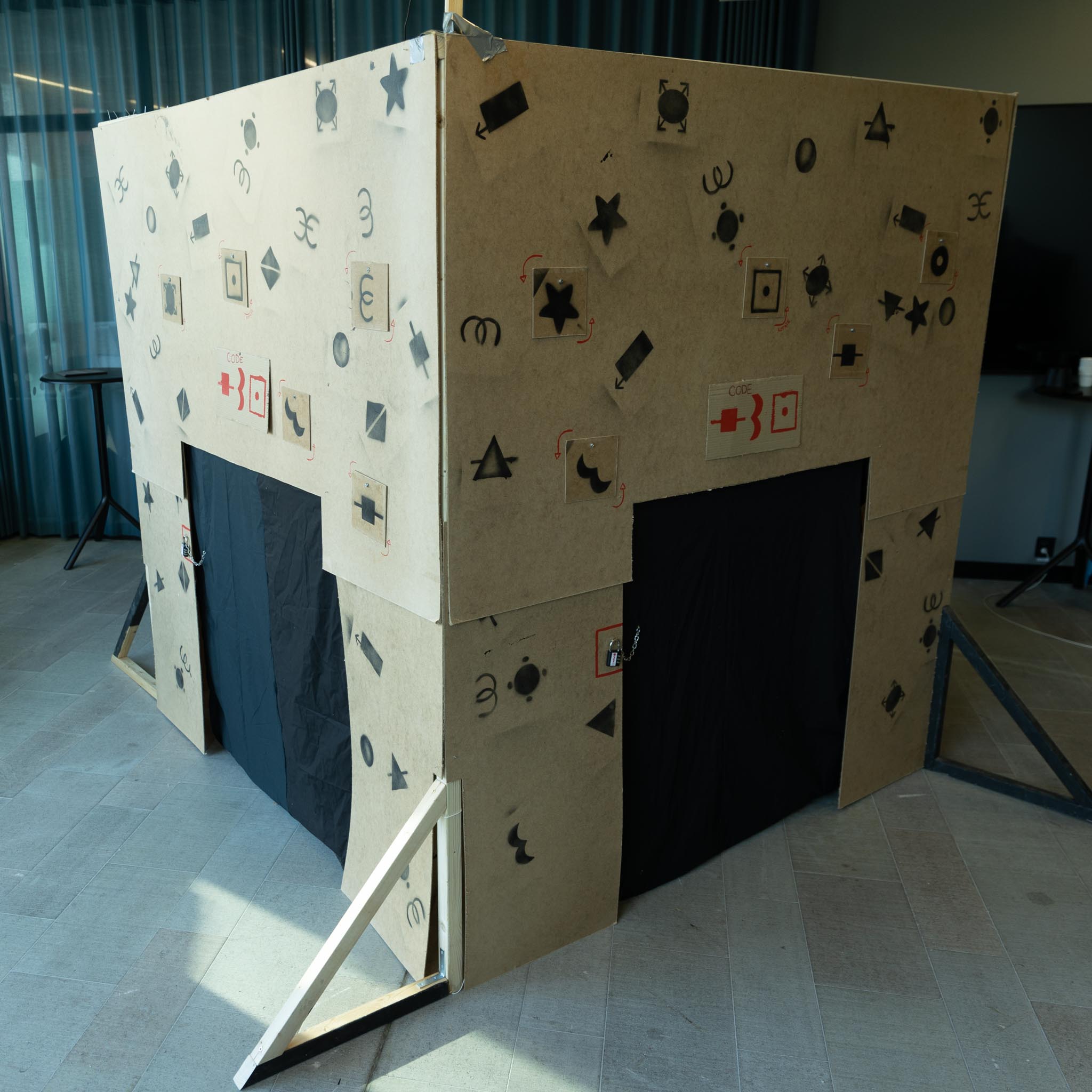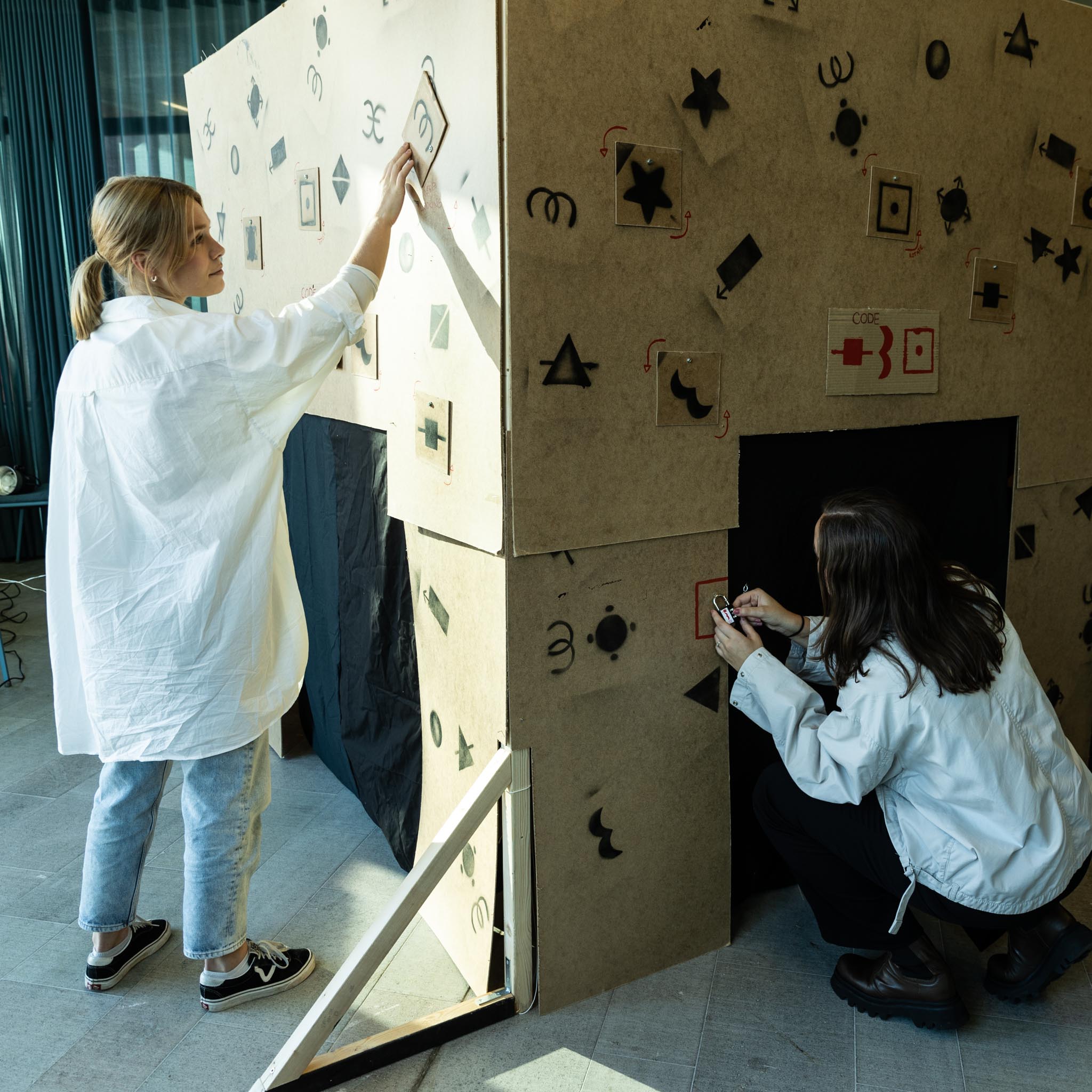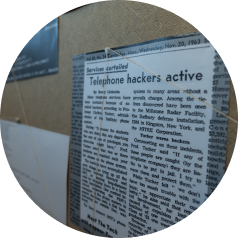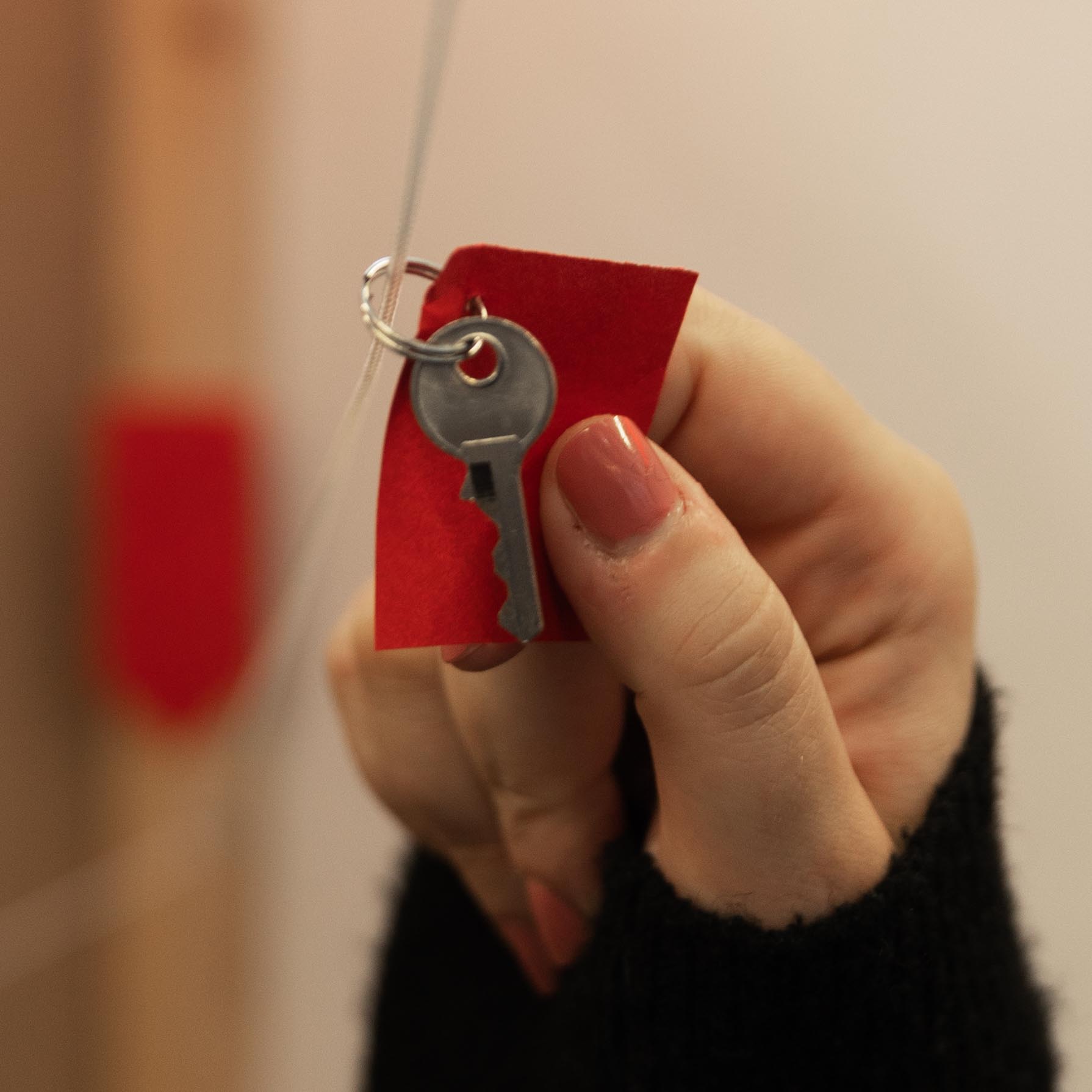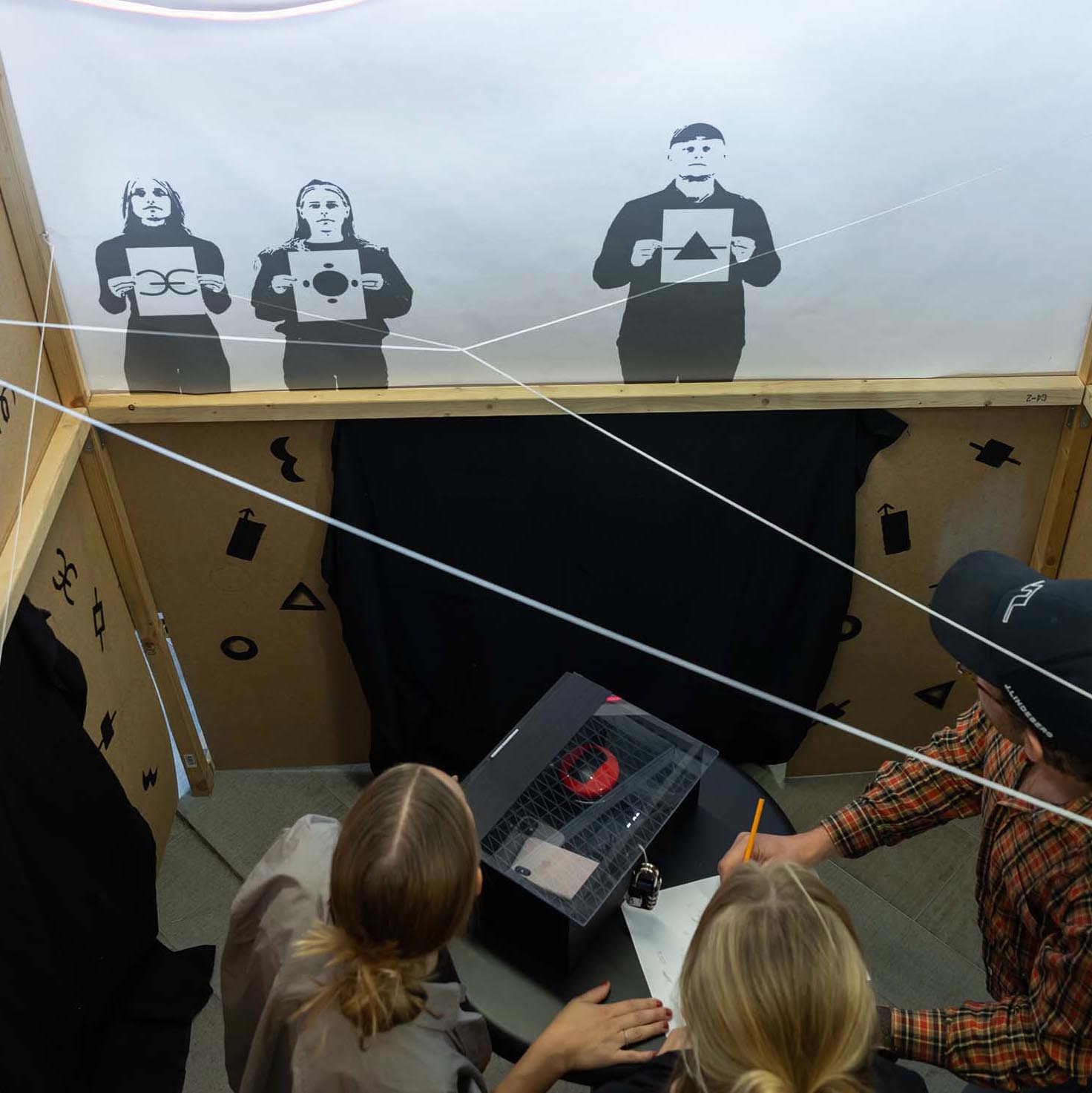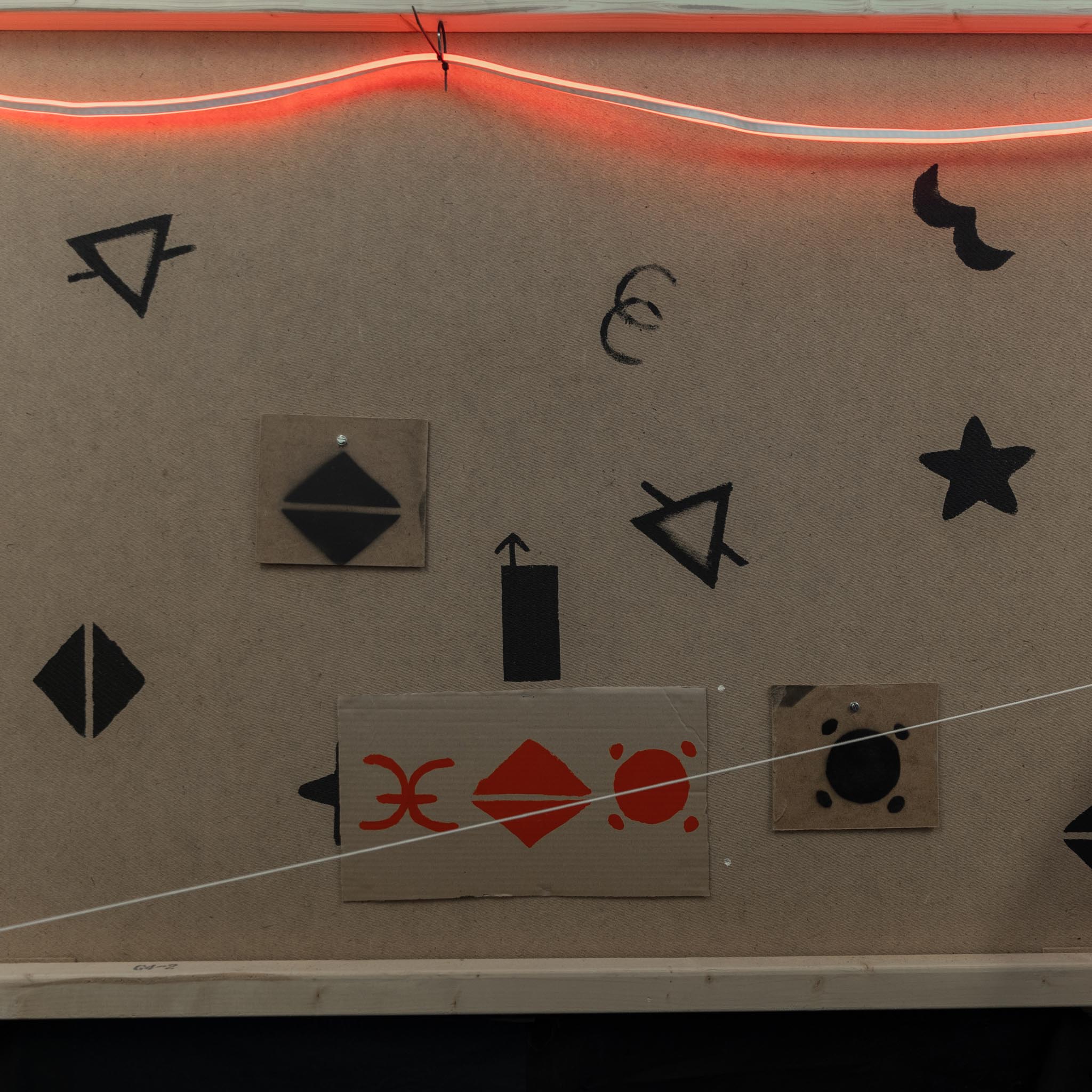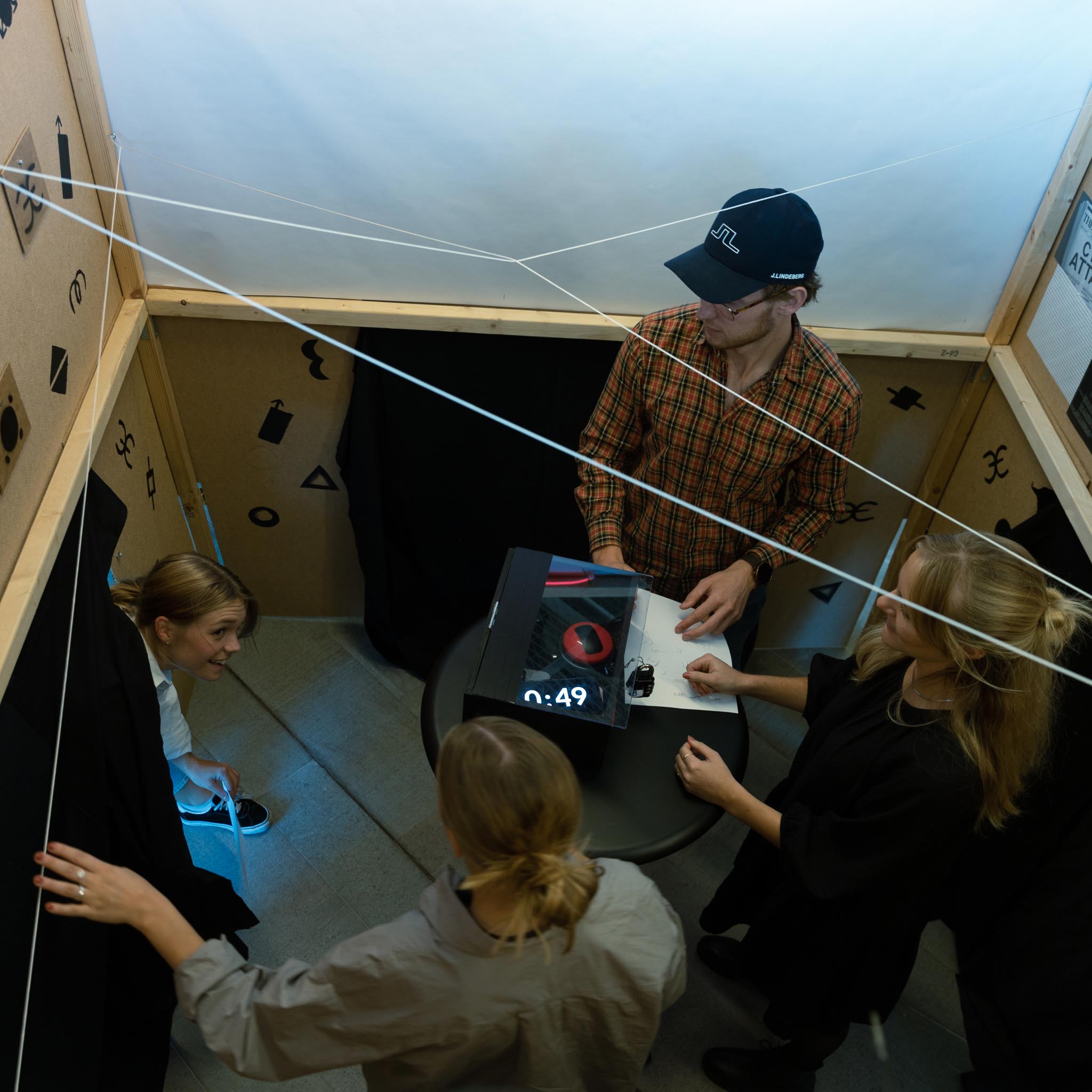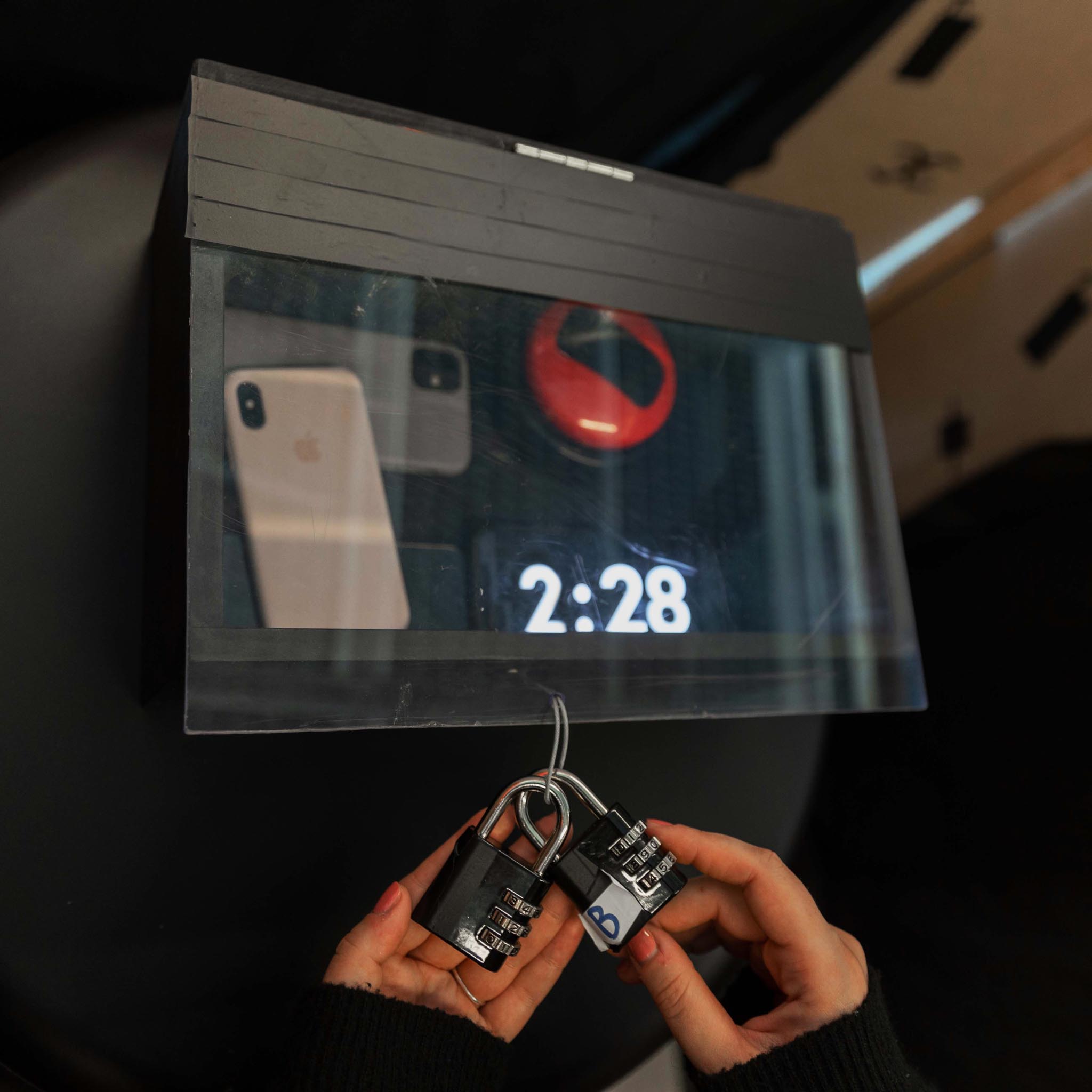Design goal
Above we mentioned that we want to highlight the importance of inclusion through this game, but let us rephrase that sentence. The goal of the game is rather to highlight the issue of exlusion.
Why?
Exclusion due to people’s physicial and cognitive abilities, dissimilar backgrounds, language barriers and other differences are common in today’s society. Whether exclusion happens intentionally or not, most people are unaware of the consequences of excluding.
Those that get excluded are often the ones with different perspectives, the ones with different local knowledge than the majority. Therefore, exclusion is not only detrimental to the ones being excluded, but also those who exclude, because by being more inclusive and increasing diversity, everyones shared knowledge is richer.
Exclusion Mechanic
In order to create awareness of exclusion and its negative consequences we present a 4 player collaboration game where one player, by the design of the game, is excluded from the gameplay. Players are not informed about this but the only way to win the game is to take action and include the fourth player. If not, they have no chance of winning.
How the game works
Players are postitioned in front of each side of the room without being able to see each other. The first challenge is to unlock the hanglocks by each door, which is done by decoding the symbols on the wall.
What the players will not be informed about is that only three players are able to get inside the room on their own. The fourth player has no entrance code on the outside, instead it is placed on the inside. If the players on the insde decode that entrance code, they can pass the solution to the missing player through a slot next to the entrance.
If the players do not help the fourth player in, who is the only player with the crucial information needed to access the button, they cannot win the game.
